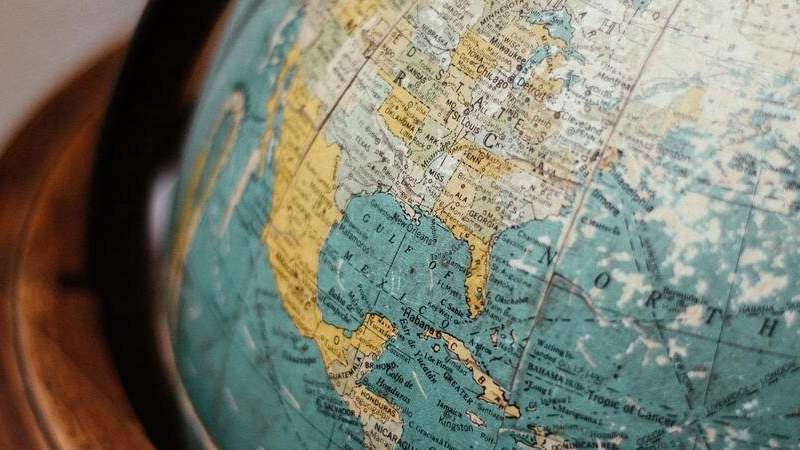


“I had vaccine side effects and I’ve had COVID-19 side effects, and I say nothing compares to the actual illness. Some don’t like the idea of side effects. “I have lots of conversations-and sometimes arguments-with people about vaccines,” she says. Stoll, who had COVID-19 and experienced lingering symptoms, including chronic headaches. What we’ve learned: Vaccines really are worth getting, says Dr. What happened: Given the recent positive results from vaccine trials, once again vaccines are proving to be powerful for preventing disease. “That is a silver lining that will hopefully continue.” Meanwhile, insurers are becoming more likely to cover telehealth, Dr. “This way I may hear about an issue before it becomes a problem, because my patients have easier access to me, and I have easier access to them.” Now, we can see each other in person once a year, and if issues come up, we can schedule a telehealth visit in-between,” Dr. “I always like to see my patients at least twice a year. One group that has benefitted is patients who live far away, sometimes in other parts of the country-or even the world, she says. “It happened very quickly,” says Sharon Stoll, DO, a neurologist. Doctors also can fine-tune cochlear implants remotely. More doctors also encouraged patients to track their blood pressure at home, and to use at-home equipment for such purposes as diagnosing sleep apnea and even testing for colon cancer. What we’ve learned: While there are still problems for which you need to see a doctor in person, the pandemic introduced a new urgency to what had been a gradual switchover to platforms like Zoom for remote patient visits. Many patients who needed a medical test have also discovered it may be possible to substitute a home version. What happened: Doctors and patients who have used telehealth (technology that allows them to conduct medical care remotely), found it can work well for certain appointments, ranging from cardiology check-ups to therapy for a mental health condition. Lesson 2: Telehealth might become the new normal “They’ve told me, ‘When the winter comes around, if I'm going out to the grocery store, I may just put on a mask.’” “I have heard from a number of people who are amazed that we've had no flu this year-and they know masks are one of the reasons,” she says. will shift in that direction after COVID-19.

“There are many East Asian cultures where the practice is still that if you have a cold or a runny nose, you put on a mask,” Dr. Mask-wearing became more common across East Asia after the 2003 SARS outbreak in that part of the world. They are a key COVID-19 prevention strategy because they provide a barrier that can keep respiratory droplets from spreading. Juthani says, “I do think many people have learned a whole lot about respiratory pathogens and viruses, and how they spread from one person to another, and that sort of old-school common sense-you know, if you don’t feel well-whether it’s COVID-19 or not-you don’t go to the party. What we’ve learned: Not everyone practiced preventive measures such as mask wearing, maintaining a 6-foot distance, and washing hands frequently. This included the widespread wearing of masks indoors and outside. But when the pandemic began, it necessitated a global effort to ensure that everyone practiced behaviors to keep themselves healthy and safe-and keep others healthy as well. What happened: The Centers for Disease Control and Prevention (CDC) recently relaxed its masking guidance for those who have been fully vaccinated. We asked our Yale Medicine experts to weigh in on what they think are lessons worth remembering, including those that might help us survive a future virus or nurture a resilience that could help with life in general. “So, I would say one major lesson from a public health or infectious disease perspective is that it’s important to remember and recognize our history. The bubonic plague, for example, ravaged Europe in the Middle Ages-resurfacing again and again-but once it was under control, people started to forget about it, she says. “Humanity's memory is short, and what is not ever-present fades quickly,” says Manisha Juthani, MD, a Yale Medicine infectious diseases specialist. At that point, what will we glean from the past year? Are there silver linings or lessons learned? But this coming year, if the vaccines drive down infections and variants are kept at bay, life could return to some form of normal. The COVID-19 pandemic changed life as we know it-and it may have changed us individually as well, from our morning routines to our life goals and priorities.


 0 kommentar(er)
0 kommentar(er)
